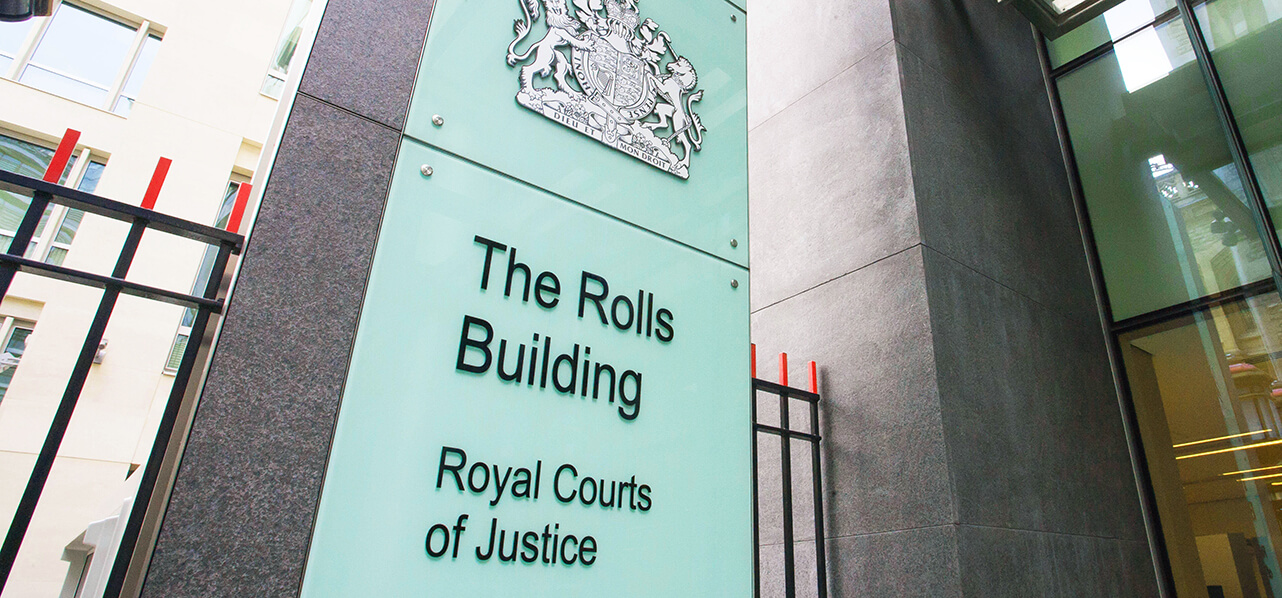In this, our tenth and final country specific article in our “The Future of EV Charging Infrastructure: Spotlight on” series, we focus on Australia and provide a summary of the following:
- an overview of the Australian e-mobility market;
- the legal framework for the construction and operation of electric vehicle (“EV”) charging points;
- existing subsidies and tax benefits to incentivise the construction or operation of EV charging points; and
- the different business models in the Australian e-mobility market.




